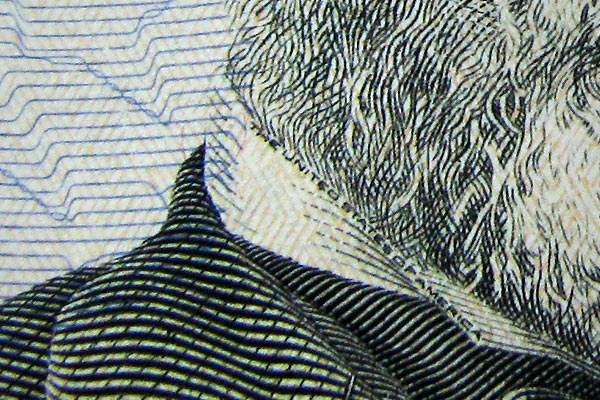There are many different designs in currency, from coins to banknote. Many countries use currency to give themselves an identity and many designs have a historical reasoning behind them. Bank notes have developed over the centuries in order to keep up to date with the present.
Most recently bank notes have made the transition to polymer. Polymer is a material that is more durable than the commonly used cotton paper. This material also allows security measures that prevents counterfeit banknotes. A small clear window with a hologram inside is a common technique of adding security to a polymer note.
There are many security measures used today to prevent counterfeit banknotes, many of which involve the printing of complex and micro patterns. Microprinting involves the use of extremely small text to form an image. This text is not visible by the naked eye and it forms a solid line that illustrates an image on the note.
Watermarks are a technique of preventing a counterfeit bank note, a design is implanted into the cotton paper and only visible when held against light. The watermark image will look lighter or darker than the surrounding paper. This effect is achieved through the use of varied paper densities.
Often banknotes are crowded with complicated patterns, in order to prevent copying. These ornamental patterns spiral to make a circular shape, similar to a spirograph. These patterns are produced by a geometric lathe.




No comments:
Post a Comment